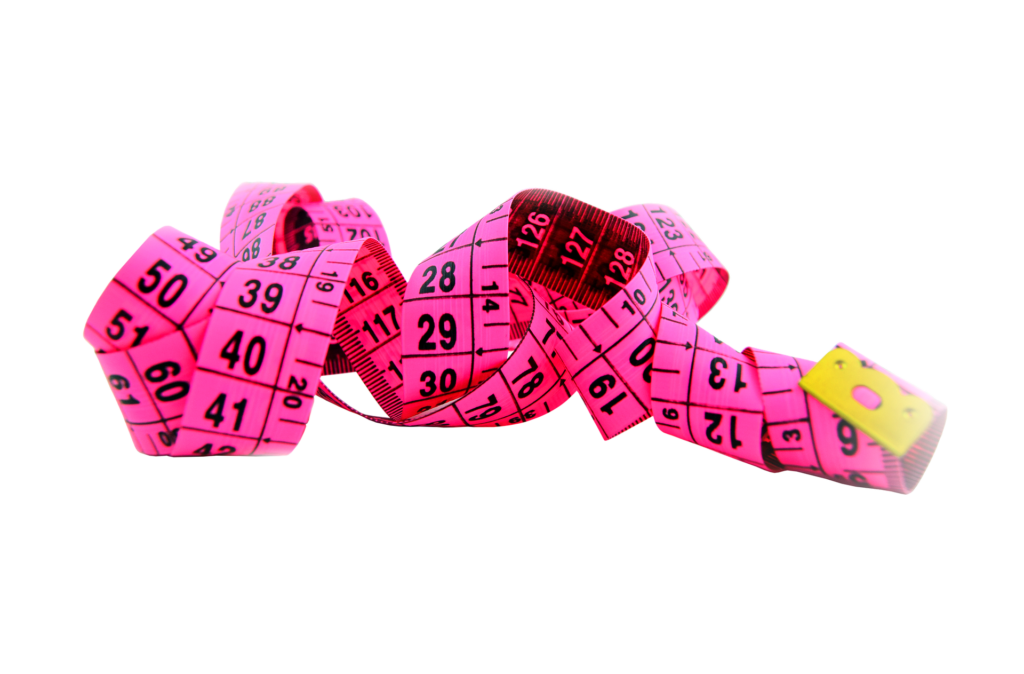Blog
Mastering the Art of Measuring: Tools and Techniques

Mastering the art of measuring is a valuable skill that can benefit individuals in a wide range of fields, from science and engineering to cooking and woodworking.
Measurement is a fundamental aspect of our daily lives, from baking a cake to building a skyscraper. Accurate measurements are crucial in various fields, including science, engineering, construction, and even in our everyday tasks. In this blog post, we will delve into the art of measuring, exploring the essential tools and techniques that can help you achieve precision and consistency in your measurements.
The Importance of Accurate Measurements
Before we dive into the tools and techniques, let’s take a moment to understand why accurate measurements are so important. Whether you’re an engineer constructing a bridge or a chef creating a new recipe, precision in your measurements can make or break the final result.
In science and research, accurate measurements are the foundation of experimentation and data analysis. A small error in measurement can lead to incorrect conclusions or even jeopardize the safety of an experiment.
In the world of construction, incorrect measurements can result in structural instability and safety hazards. In fields like manufacturing, precision is essential to ensure product quality and consistency.
In our everyday lives, precise measurements matter too. When baking, a slight variation in ingredient measurements can lead to a cake that’s too dry or too dense. Accurate measurements in carpentry ensure that furniture pieces fit together seamlessly.
Now, let’s explore the tools and techniques that can help you master the art of measuring.
Essential Measurement Tools
Rulers and Tape Measures: Rulers and tape measures are perhaps the most basic and commonly used tools for measuring length. They come in various sizes and materials, including metal, plastic, and fabric. When using a ruler or tape measure, ensure that it is straight and that you’re measuring from the correct starting point, such as the end or the beginning of the ruler.
Calipers: Calipers are precision instruments used to measure the distance between two opposite sides of an object. They are available in digital and analog versions and are ideal for measuring objects with complex shapes.
Micrometers: Micrometers are highly accurate instruments for measuring small dimensions with great precision. They are commonly used in machining, engineering, and scientific research.
Scales: Scales are used for measuring weight. They come in various types, including mechanical scales, digital scales, and kitchen scales. Using the appropriate scale for your needs is essential for accurate measurements.
Protractors: Protractors are used to measure angles. They are essential in fields like engineering, architecture, and geometry.
Thermometers: Thermometers are used to measure temperature accurately. Different types of thermometers are available for specific applications, such as food thermometers, clinical thermometers, and industrial thermometers.
Measurement Techniques
Zero Error Correction: Before using a measuring instrument, always check for zero error. Zero error is a deviation of the measurement tool from the true zero point. Correcting for zero error ensures that your measurements are accurate.
Precision in Reading: When taking measurements, ensure that you read the scale or measurement device accurately. In many cases, measurements are recorded to the nearest tenth or hundredth of a unit. Pay close attention to where the measurement falls on the scale.
Consistency: Consistency in measurements is crucial for reliable results. Ensure that you measure the same way each time and avoid sudden movements or jerks when using the measuring tool.
Use the Right tool: Selecting the appropriate measuring tool for the task at hand is essential. Using a ruler to measure the diameter of a small object, for example, may not yield accurate results.
Avoid Parallax Error: Parallax error occurs when the eye is not directly in line with the measurement being taken, causing an apparent shift in the reading. To avoid this error, always make sure your eye is at the same level as the measurement mark.
Advanced Measurement Techniques
For more complex measurements and applications, advanced techniques and instruments may be required:
Laser Distance Measuring: Laser distance meters provide highly accurate measurements over long distances and can be used in construction, surveying, and interior design.
Coordinate Measuring Machines (CMMs): CMMs are used for precise three-dimensional measurements in manufacturing and quality control processes.
Interferometry: Interferometry is an advanced technique used in optics and metrology to measure small distances and detect minute changes.
Conclusion
Mastering the art of measuring is a valuable skill that can benefit individuals in a wide range of fields, from science and engineering to cooking and woodworking. Accurate measurements are essential for ensuring safety, quality, and precision in our work and daily lives.
By understanding the importance of accurate measurements and using the right tools and techniques, you can enhance your skills and achieve greater precision in your endeavours. Whether you’re building a structure, conducting scientific experiments, or simply following a recipe, the art of measuring will always be a fundamental and invaluable skill.
More reading
Exploring Innovative Hand Tool Designs